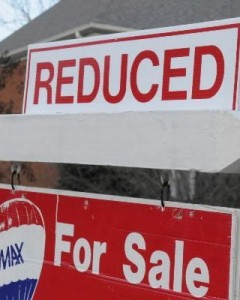Prices for homes in the nation’s 53 largest metropolitan areas were up 5.8 percent year-over-year in March, according to research by RE/MAX.
The increase marks the second straight month of yearly increases for home values; before February, prices had been negative on year-over-year measures for 18 consecutive months, but a 25 percent increase for home sales from February to March seems to have positively impacted values.
In a HousingWire article on the sales, Margaret Kelly, the CEO of RE/MAX, said the data is a positive indictor for the spring homebuying season.
“With buyers starting to jump into this market, this year’s selling season is shaping up to be the strongest we’ve seen in years,” Kelly said. “Although we don’t expect home prices to rise in every market at the same rate, the worst is definitely behind us, and a slow, steady recovery is taking hold.”
RE/MAX’s report on the sales was equally optimistic.
“Following these trends, the spring and summer months should experience increased activity,” the report stated. “With falling inventory and many markets witnessing multiple offers with bidding competitions, prices are likely to continue to rise in many areas.”
Among other details in the report were:
- The top performing cities for the month were Detroit, where prices increased 22.8 percent from March 2011, Miami, where they were up 21.8 percent, and St. Louis, were they rose 18.5 percent.
- Homes sold in March spent an average of 101 days on the market, a decline of three days from March 2011.
- Inventory continued to drop, falling in March to a 5.3-month supply, which was 2 percent lower than February and the 21st consecutive month of declines. As we previously reported, though, the lingering questions on shadow inventories continue to cast doubts on the true nature of those inventory numbers.
Another interesting consideration is how much of a role distressed home sales played in RE/MAX’s data. CoreLogic’s latest HPI, which came out a couple weeks ago, reported a small monthly increase in home values in February and a small yearly decrease, but those totals excluded distressed sales. When that subset was factored in to the data, monthly values were down, and yearly values doubled in their declines.

